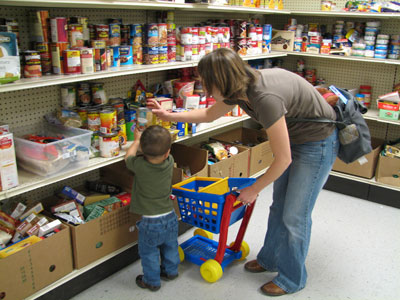 Some of the themes that have been bubbling up in recent posts have concerned food banks searching for ways to impact client’s lives for the longer term, and then how we might be able to measure that improved food security and self-sufficiency.
Some of the themes that have been bubbling up in recent posts have concerned food banks searching for ways to impact client’s lives for the longer term, and then how we might be able to measure that improved food security and self-sufficiency.
This week I am looking into the success of the Freshplace pantry in Connecticut, a collaboration between three community organizations: Foodshare, the regional food bank, the Chrysalis Center, which is a social service agency, and the Junior League of Harford, a volunteer organization. The difference between Freshplace and traditional food pantries is that Freshplace members meet with a Project Manager during their first visit, and then monthly, to discuss and set goals for becoming food secure and self-sufficient. Clients come up with their own goals that they want to work on, which are not imposed by the Project Manager. Nutrition education and a Cooking Matters course are also offered to memebers.
This program has benefitted from having an ongoing evaluation from its inception by a team from the University of Connecticut’s, Institute for Clinical and Translational Science headed up by Katie Martin PhD from the Department of Allied Health Sciences. Katie’s research background is in food security, community food security work, and food assistance programs.
Downloads are available here with the top level Freshplace Research Update as well as a Case Management in Food Pantries Research Brief. I spoke with both Katie and later with Foodshare’s CEO, Gloria McAdam to see what practices or ideas we could take from Freshplace.
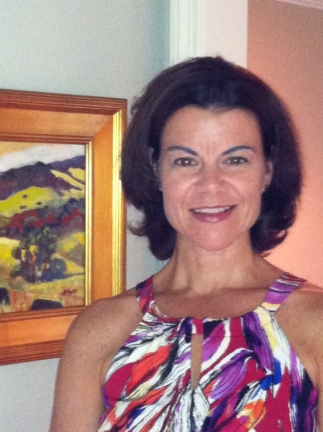
Katie, tell me how you came to be involved with the Freshplace project
They had been working for a few years on the notion of a food pantry that could address some of the underlying issues of poverty that were creating the need for food. I talked to them about evaluating this program and in 2009 I joined their advisory group, strategic planning group as we were concurrently developing the program and the evaluation. Freshplace opened in July of 2010, and right from the beginning we’ve been conducting a randomized control trial of Freshplace where we recruit people from regular food pantries because we want to see how this intervention compares to these other traditional pantries. We randomized 100 into each group and have been tracking the same 200+ people for over a year now and will conclude our 18 month data collection in December.
What has the Freshplace group shown versus the control group in terms of effect on improving food security?
We’re in a very poor neighborhood in a poor city (Hartford) and half of all of the people we began the study with were experiencing significant hunger, cutting back the size of their meals or skipping meals because there isn’t enough food.

Over the year, Freshplace members were half as likely to remain in that category. We’ve seen increased food security and also increased self-sufficiency, which are both significantly higher than in the control group.
In the area of diet quality we’ve also seen significant improvement in fruit and vegetable consumption.
The one real challenge area is that we haven’t seen real declines in consumption of fat from snack and other unhealthy food. That means we still have some work to do.
How do you measure these areas?
We have been looking at three main outcomes:
FOOD SECURITY – For which we use the USDA food security module with its 18 questions,
SELF-SUFFICIENCY – For which we have been using the Missouri Self-Sufficiency Scale, which measures changes for 10 different indicators including income, employment, education, housing, transportation, physical health, mental health, child care.
QUALITY OF DIET – The consumption of fresh fruits and vegetables, fiber and also fat and snacks. For this, we’re using the Block food frequency questionnaire.
So, tell me a little more about Freshplace in action.
Clients can attend twice a month for food and once a month to meet with a project manager to discuss what areas they are interested in working on. Those goals are then reviewed in a supportive way.
That’s always kind of been an issue in terms of us demonstrating what we’re doing is improving food security because of the limited amount of a person’s total diet that is derived from a pantry’s food. The other unknown has been that we don’t really know how many different sites people are attending. How did you deal with that in your study?
In our population, people are going chronically to different food pantries on average two to three times per week averaging up to four different pantry providers accessed every month. I think a key piece that I think you write about beautifully in your blog is the notion of how food banks around the country are now starting to question how much longer they are going to be able to increase poundage and numbers of people served without significantly investing in preventative measures – whether health and nutrition education and empowerment or the advocacy to change things. I’ve argued for a long time that hunger is about more than just food and that I think the data that we see nationally and we’re seeing at Freshplace is that even when people are going to multiple food pantries multiple times a week and they’re getting food and they know the system of how to engage in it to the best of their abilities, that it is still not enough to increase their food security. This is reflected by our food insecurity rates nationally really remaining untouched. I think it’s time for a different way of approaching this issue.
What is the specific model of case management that they are using?
It’s based on the Stages of Change approach, coupled with motivational interviewing.
The idea is that we’re not telling folks the changes that they need to make, but working with them to determine what issues are most important in their life and what are the potential barriers that they encounter that are holding them back from reaching those goals. This type of model is used in some other types of work like HIV prevention, in trying to encourage people to have safe sex using that type of motivation and behavior change model. We actually did a little bit of research through Foodshare of all of the partner agencies that receive food from the food bank to ask them whether they were providing case management in their pantry and what specific other services they provide just to get a handle on how unique or not unique Freshplace might be within the bigger field. About half of the food pantries that responded said that they did offer some kind of case management, half did not. But of the half who said they did, very few of them actually meet monthly and do a follow up. Most consider case management as giving a referral or a brochure with some other type of information. This isn’t enough. A good Project Manager can be empowering when using motivational interviewing and in recognizing that people go through stages in their readiness to make changes in their life. If we can engage in a relationship with clients where they trust us, we can have a dialogue where they know they’re coming back in a month and we’re going to do a follow-up with them and ask how they’re doing and what their issues are.
Obviously the food is an excellent motivator for people to return for the monthly interview, but how do people reach the point where they’re food secure enough to exit the program, or would anyone want to leave and turn down free food?
We always knew that we didn’t want this program to be another dependency program where people would stay on it for years. We wanted this to be something that we could help give people a hand up and that they would want to and be able to move on. We spent some time really deciding what graduation from the program really means and giving clearer expectations so that when people come to Freshplace, they know from the beginning that there are expectations that we will offer a lot of support and services and programs, but you need to want this too so we’re going to meet with you and make sure that you’re making changes. If you’re really just coming for the food, then I think right now we give maybe three to six months of that time to really monitor are they not making any progress towards their goals and if not, if they’re really just coming for the food, then there are other food pantries in the community that offer that. So they’ll be discharged to allow other people to join the program.
There is currently a lively debate in the broader non-profit world about focusing all our attention on those who are able to improve and change their lives, because they are the ones that can deliver us the metrics of success that funders want. In the food banking arena, this would be ensuring the continued ability to feed all people; those with mental illness or who just can’t provide for themselves. I think it is key to build in some avenue out for those who can’t or won’t or who are simply not ready to take on this wider change element. They would still be served to the best of our care and ability, but we wouldn’t waste their time and our money on these particular types of intervention resources.
Yes. I think we face a dichotomy in our country about the issue of hunger. When I describe the work that I do, people will often say, “We’ll always have hunger.” Even though people don’t like the idea of people going hungry, there’s also this kind of acceptance that there will always be people in need. Now there are definitely those who fit into the category you just described, say those facing severe substance abuse, mental health issues, engrained generational poverty who need traditional food bank services. But I would argue on the other side nationally there are millions of Americans right now who are food insecure and not sure how they are going to feed their family at the end of the week or the end of the month and I feel very uncomfortable with accepting that. I think from the bottom up we need to work with people and empower them and build those relationships so they can be ready to make changes, but from the top down we need to ensure that in our country that if people are trying their best to get a job or are working one or two jobs, they should be able to have a living wage where they should be able to go out and afford enough food for their family.
So this expanded group of Americans who are benefitting from our services, the 1 in 6. Aren’t a lot of this new group added by the recession able to look after themselves and might find the case management approach patronizing and disempowering? They might think that they just need a break or a few more hours work or a few more benefits. Can this group really benefit from the Freshplace approach?
I think they can. Those who have fallen on hard times need more than a bag of food. They need the ongoing support and link to a range of services rather than just short term food security. We can help them build their job skills to get a better job, and they can help us in our advocacy work to press for the policy changes that will help them long term.
With our own programs we’ve initially kept close to schools basically because that’s a place whereby we can tap into deeper more long term relationships with clients and build what we call their food literacy. However we’re now looking more closely at the thinking behind and impact of our more classic types of distribution. I think in the past the philosophy was to find a poor part of town and carpet-bomb the area with cans of food, hoping that this ‘shotgun’ approach would hit the right people and improve their lives. We did serve a bunch of people who really needed the help, and some who really didn’t need the help but weren’t foolish enough to turn down some free food. We certainly did little to change the long term health or prospects of either group. Do you think it is important to transition away from these traditional mass distributions? I mean it’s not like we have as much food available to us as we used to.
I think you’re right that so often we look at low income communities and say there’s so much need, there’s so much poverty, there’s so many problems we kind of throw our hands up and just say, “Well, let’s just provide food.” I think a different approach is sorely needed, which says that these are communities that have assets and rich human and social capital, which If tapped, can do amazing things. We need to work with folks to find out why they’re struggling so much. What are the barriers in their lives? Again, it takes more time than simply giving food. And I think often Americans like the quick fixes. Programs like Bridges out of Poverty (Watch out for an upcoming post on their work) are enabling people to really self-investigate what are the issues that are holding them back in their lives. But to truly be most successful, this requires the community as a whole to say ‘how do we look at the issue of poverty in our community and how are we all involved?’ That addresses employers and schools and the bigger picture which impacts all of us. Otherwise we will stick to our quick fixes and continue to spin our wheels.
Traditional food banking makes us feel great about charitable giving, but we’re not making an impact on food security or self-sufficiency or diet quality. That’s why Freshplace offers a different model, that if we can analyze it and find out what’s really working and how we can replicate it, then it could provide an avenue for a longer term approach to dealing with hunger. Clearly, this model is not going to be feasible for every food pantry. They might serve 500 people in a week, how could they possibly provide case management for 500 people in a week? And I would say, you won’t, but I think that you could target a small segment of that group that you feel would be most ready to make these changes or people who would like to get off of that food pantry line. You could work with them and monitor their changes over time, so you would have that longitudinal data and with the expectation that hopefully six months from now they’re no longer in that food pantry line.
Some food banks may have the financial resources to hire a case manager and deal with issues that aren’t necessarily food related. The challenge for other food banks is, ‘how do I partner with other organizations that have these skills or specialty to really provide a range of services that cover more of the spectrum of issues covered by the Self-Sufficiency screener?’ What kind of models do you think would work for that partnership?
My interest is in translational research, making sure that things are meaningful on the ground. An academic study is not as much use if other people can’t use this information. One of the things that we did with Freshplace is to partner with the social work program at the University of Connecticut with the idea that many communities that already have food banks often probably will have some university or college setting that would have a social work program and those social work students need hours in the field of working. They need that expertise and experience so that can be a way. We’ve had two women who’ve come through the social work program who’ve worked with the paid case manager through Freshplace who are getting their hours towards their degree and I think that’s a model that other communities could use to partner with other existing programs in their area that wouldn’t necessarily require a lot of funding.
I then spoke with Gloria McAdam, CEO of Foodshare.
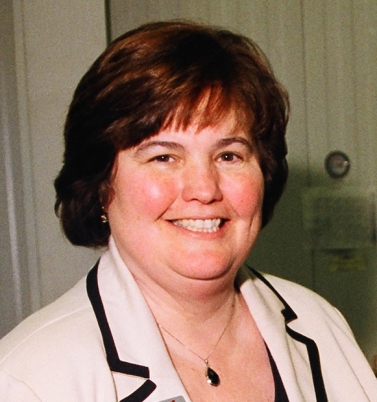
Gloria, the results from Fresh Place are looking very promising. I understand that you are aiming to scale the program – are you just planning on providing your own case managers or cooperating with other nonprofits.
Our original vision with the Freshplace model was to be able to replicate it throughout our service area. For example, in the City of Hartford, which is only 17 square miles, there are currently around 90 food pantries. Since most of these pantries give out meager amounts of food and offer no other services, this structure forces clients to go from one pantry to another, just to put food on the table. We believe that a much smaller number of pantries, probably 10-15, who operate on the larger scale that Freshplace does and provides these additional services, could serve people much more effectively.
We could do a better job of getting people the food they need for sustenance as well as providing additional services and supports that would move those families toward self-sufficiency. Our next step with this project is a replication manual and to start identifying new partners for expansion.
In addition, we are considering the idea of hiring a case manager on Foodshare’s payroll who would rotate among a few smaller agencies to test whether case management can also work in smaller food pantries. We are just in the thought phase of this idea – what would it look like, what would it cost, which agencies might be interested and where would the funds come from.
That’s great work Gloria, thanks to you and Katie for sharing and keep us informed as things progress.

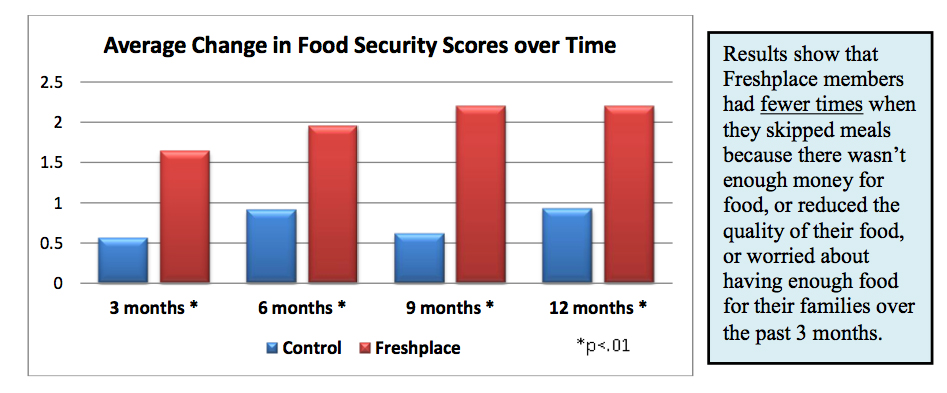
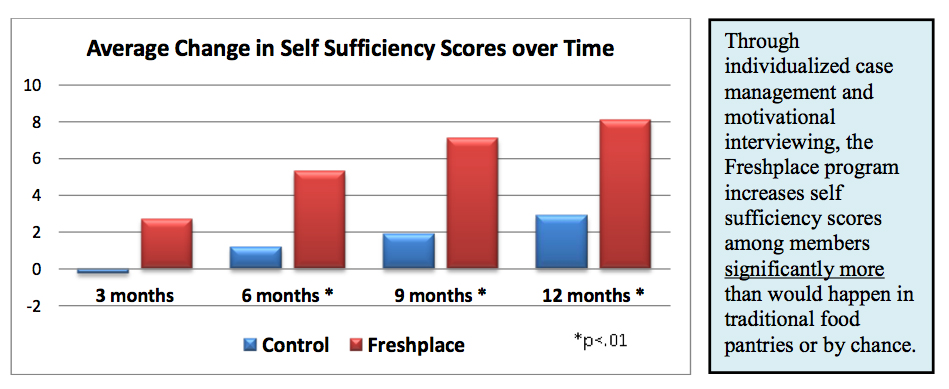
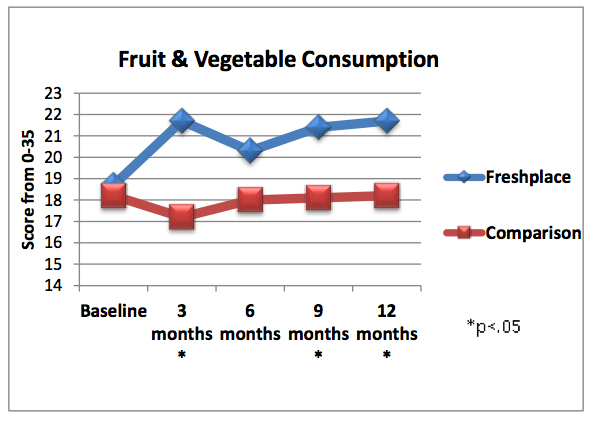
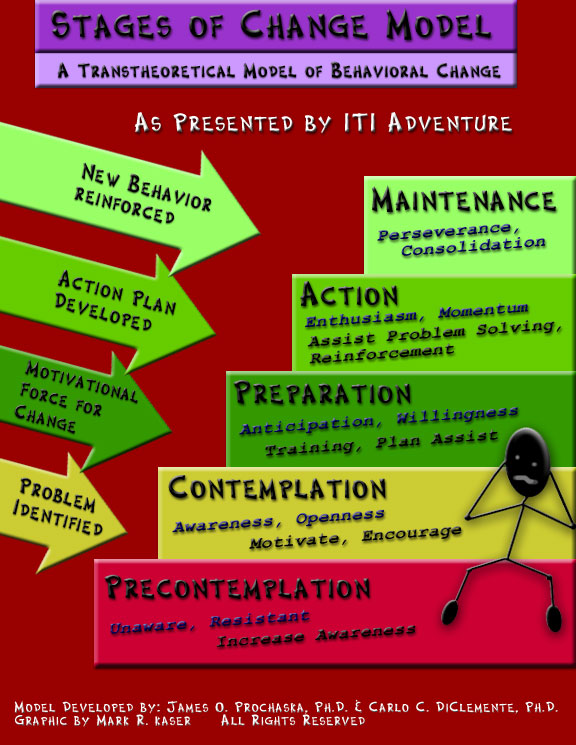
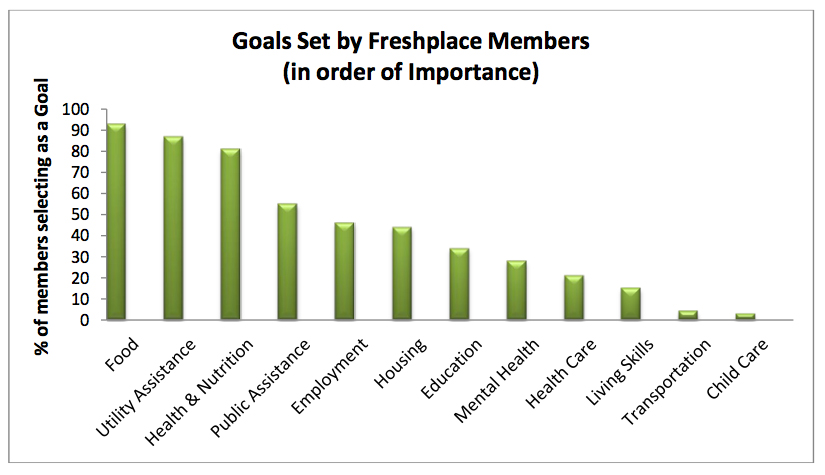
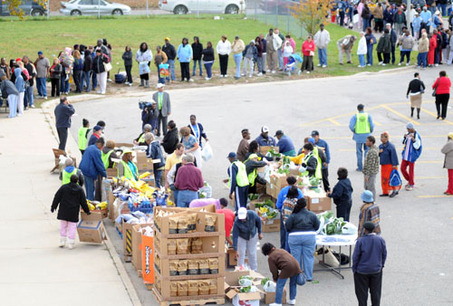
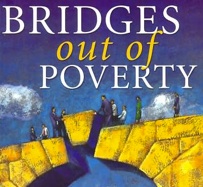
Eric,
Thanks for sharing this information. We just received the final results from a very comprehensive client survey conducted at the 15 pantry sites we oversee in partnership with the California Center on Rural Policy at HSU . The survey included questions about health status, including levels of depression, anxiety and social isolation in addition to questions about food resources and our services. We also asked what types of information our clients would like to have available at their local pantry and it was clear that they really want more information to be readily available. We already provide the more informal referral information including brochures about a wide variety of services and flyers about upcoming opportunities. The discussion this topic area generated following a presentation on the survey results on Monday really got us thinking. Some of our pantries are hosted by Family Resoource Centers that are better equipped to provide the level of case management referenced in this article so we decided to work more closely with them to address the need for more information and a way to combat the social isolation that so often keeps folks from setting goals or looking for additional ways to break the particular cycle they are in. This infomration on what the folks in Hartford have been doing is quite timely! I will definitely be sharing it with my staff and board as we strategize our response to the survey results.
Thanks,
Anne Holcomb
Food for People